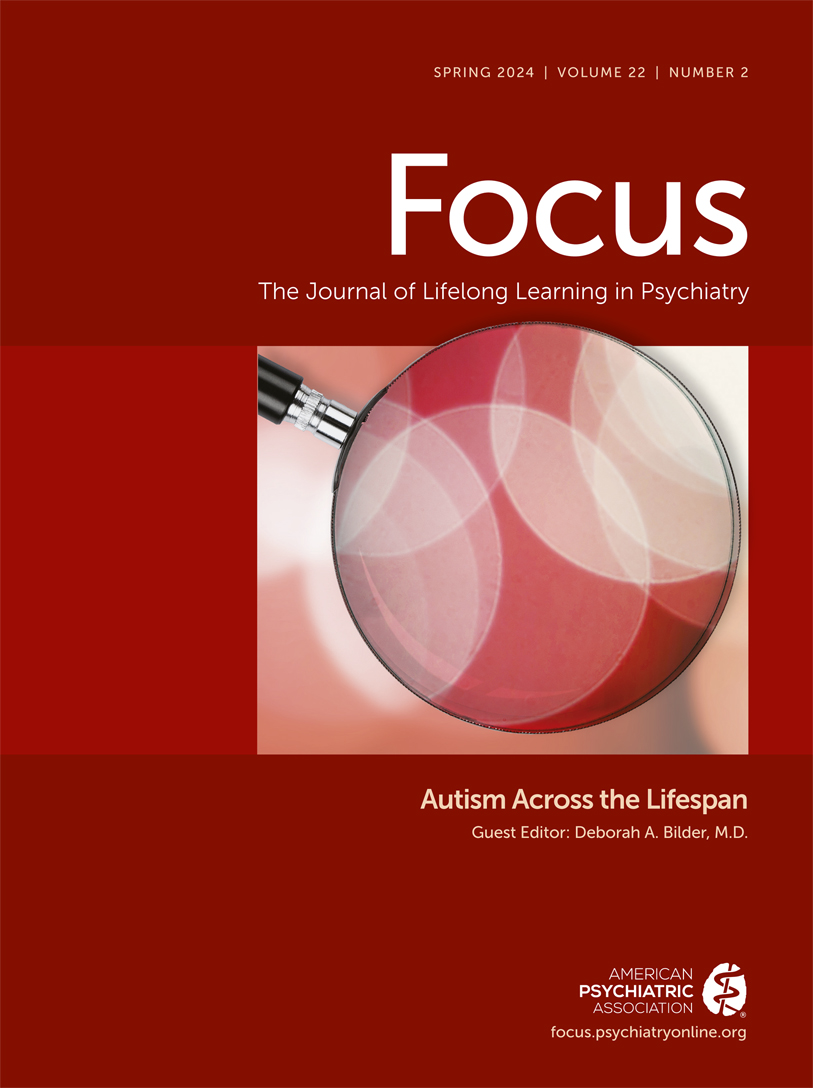An Update on Psychopharmacological Treatment of Autism Spectrum Disorder
Abstract
While behavioral interventions remain the mainstay of treatment of autism spectrum disorder (ASD), several potential targeted treatments addressing the underlying neurophysiology of ASD have emerged in the last few years. These are promising for the potential to, in future, become part of the mainstay treatment in addressing the core symptoms of ASD. Although it is likely that the development of future targeted treatments will be influenced by the underlying heterogeneity in etiology, associated genetic mechanisms influencing ASD are likely to be the first targets of treatments and even gene therapy in the future for ASD. In this article, we provide a review of current psychopharmacological treatment in ASD including those used to address common comorbidities of the condition and upcoming new targeted approaches in autism management. Medications including metformin, arbaclofen, cannabidiol, oxytocin, bumetanide, lovastatin, trofinetide, and dietary supplements including sulforophane and N-acetylcysteine are discussed. Commonly used medications to address the comorbidities associated with ASD including atypical antipsychotics, serotoninergic agents, alpha-2 agonists, and stimulant medications are also reviewed. Targeted treatments in Fragile X syndrome (FXS), the most common genetic disorder leading to ASD, provide a model for new treatments that may be helpful for other forms of ASD.
Appeared originally in Neurotherapeutics 2022; 19:248–262



